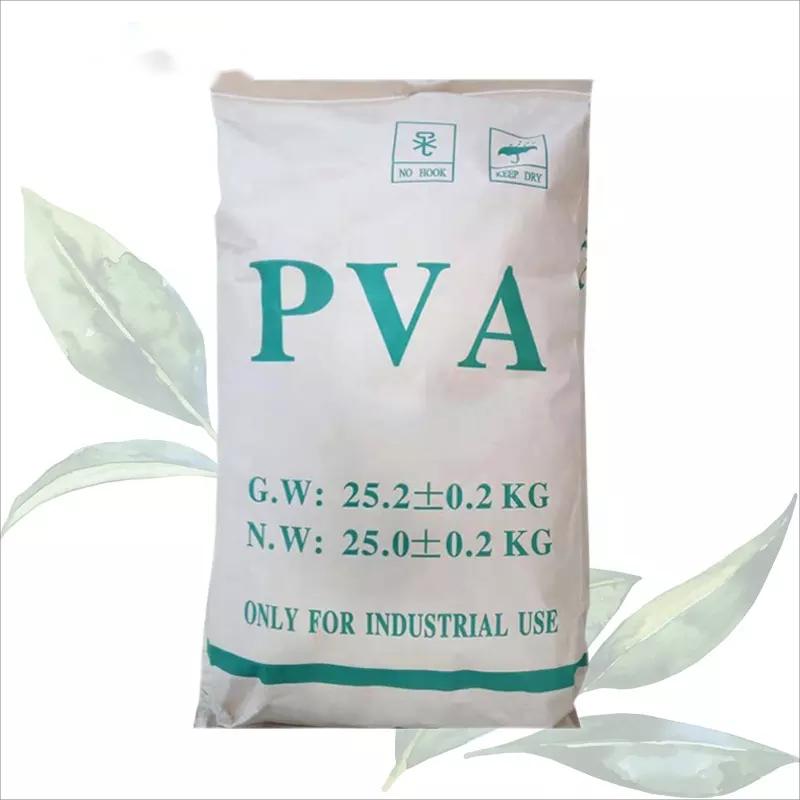The Versatility and Applications of Methylcellulose
Methylcellulose (MC) is a cellulose derivative that has garnered significant attention across various industries due to its versatile properties. As a plant-derived polymer, it is synthesized by the methylation of cellulose, resulting in a compound that is soluble in cold water but not in hot water. This unique characteristic, along with its inherent biocompatibility, non-toxicity, and rheological properties, makes methylcellulose an invaluable ingredient in numerous applications, ranging from food products to pharmaceuticals and construction materials.
The Versatility and Applications of Methylcellulose
In the realm of pharmaceuticals, methylcellulose is utilized as a binder in tablet formulations, a suspending agent in liquid medications, and a lubricant in various dosage forms. Its ability to form gels at specific concentrations makes it valuable in controlled-release formulations, where it can effectively regulate the release of active ingredients over time. Additionally, methylcellulose is often used in eye drops due to its excellent lubricating properties, providing relief for dry eyes and improving moisture retention on the surface of the eye.
cellulose methyl

The construction industry also benefits from methylcellulose, which is employed as an additive in cement and mortar formulations. By enhancing the workability and adhesion of these materials, methylcellulose improves the ease of application and the final performance of construction products. Furthermore, it helps in retaining moisture during the curing process, which is essential for the development of strength in cement-based materials. This makes it a vital component in various construction applications, including tiling, plastering, and the production of lightweight concrete.
Another exciting area of research surrounding methylcellulose is its potential in environmental applications. As sustainability becomes increasingly important, studies are exploring its use in biopolymers and biodegradable materials. Methylcellulose can serve as a matrix for embedding bioactive agents, promoting controlled release in agricultural applications, or even as part of biodegradable packaging solutions that reduce plastic waste.
Despite its many benefits, it is essential to note that methylcellulose has some limitations. For instance, its solubility in water can vary significantly depending on its degree of substitution and molecular weight. These factors can affect its performance in specific applications, highlighting the importance of selecting the appropriate grade of methylcellulose for a given purpose. Additionally, while methylcellulose is generally recognized as safe, ongoing research into its long-term effects is necessary, especially as newer formulations and applications continue to emerge.
In conclusion, methylcellulose is a remarkable compound that showcases the potential of cellulose derivatives in modern applications. Its multifaceted nature allows it to play critical roles in food, pharmaceuticals, construction, and even environmental sustainability. As industries evolve and the demand for innovative solutions grows, the importance of methylcellulose is likely to expand further, cementing its place as a crucial ingredient in various formulations and products. Consequently, continued research and development will be essential to unlock its full potential and enhance its applications in our daily lives.
-
The Application and Significance of Construction RdpNewsMay.19,2025
-
Industrial Grade HpmcNewsMay.19,2025
-
Building Coating Adhesive Building Coating Adhesive HpmcNewsMay.19,2025
-
Application Of Hpmc For Detergent For Detergent In DetergentsNewsMay.19,2025
-
Application Of Hpmc Cellulose In Cement-Based MaterialsNewsMay.19,2025
-
Application Of High Quality Hpmc For Construction In The Field Of ConstructionNewsMay.19,2025




